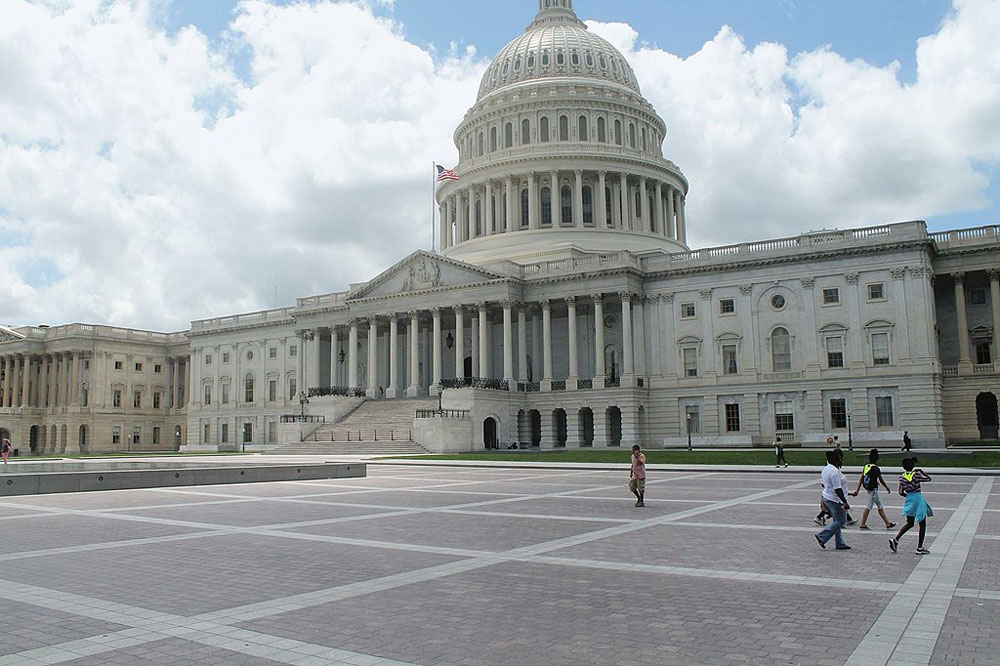February 22, 2011; Source: The Connecticut Mirror | House lawmakers passed a continuing resolution on the 2011 budget last Saturday that proposes, among other things, $1.3 billion in cuts to the nation’s health centers. The resolution, championed as part of a package of $61 billion in proposed cuts, was passed 235 – 189. Read this excellent summary of the extent of cuts to the nation’s core human services and the politics surrounding the move. As one observer says, it does everything but declare war.
The impact of the cuts even just to the nation’s health centers is potentially enormous, in that it would close 127 health centers around the country and eliminate care for 11 million people. The state by state impact of the cuts varies, of course, and is detailed here (PDF) by NACHC.
While President Obama has committed to vetoing the measure, should it clear the Senate and reach him, the proposal may indicate that a more profound political shift is afoot. Community Health Centers are traditionally favored as good investments by both parties, as is indicated in this article regarding President George W. Bush’s support of them for their cost effectiveness as primary care providers and their capacity to produce jobs.
The proposed cuts come at an odd time for Health Centers, many of which have been dealing with greatly increased patient volume as a result of the recession and some of which have been undergoing expansions – including staff expansions and capital building projects – funded through ARRA. NPQ passed along a study recently (PDF) examining the outcomes of ARRA funding last year.
The centers were written into the Health Care Reform Bill for $11 million over the first five years in anticipation that they would take a larger national role in primary care delivery but at the state level some are offsetting that with state cuts. This article from the Connecticut Mirror states that the Governor’s budget proposal would cut grants to the centers in that state by $3.8 million and that uncompensated care payments will also be cut both for the centers and for hospitals.
Benjamin Barnes, the Connecticut governor’s budget director has commented that, although he understands the value of the centers, the state has to remain selective in any efforts to make up lost federal funds. "That same bill is taking hundreds of millions of dollars away from all kinds of other state programs," he said. "I frankly don't believe that the state of Connecticut is in a position to bail all those out."
Sign up for our free newsletters
Subscribe to NPQ's newsletters to have our top stories delivered directly to your inbox.
By signing up, you agree to our privacy policy and terms of use, and to receive messages from NPQ and our partners.
If we had any doubt as to a political agenda in all of this, we need only look to the proposed cuts to Title X of the Public Health Service Act, (Population Research and Voluntary Family Planning Programs). In this blog post on RH Reality Check, Jodi Jacobson points out that Planned Parenthood Federation of America, was singled out in an amendment to the resolution “prohibiting federal funding of preventive health care services provided by the organization.”
In a conference recently, the Governors of Connecticut and Vermont and Mayor Bloomberg of New York City spoke out against the continuing resolution and the amendment. On the call Bloomberg said, "[Cuts to] Title X and the Pence are not about fiscal responsibility or cutting the U.S. budget," said Mayor Bloomberg. "These cuts are purely about politics. And they will have serious consequences for women's health care across New York City and the nation."
Vermont’s Governor Peter Shumlin added, "Here in Vermont, cutting Title X money would be devastating . . . In a small, rural state like Vermont, Planned Parenthood clinics oftentimes are the only source of health care [rural] low-income women get and the only access they have to critical health care, not only to avoid unintended pregnancies but for general health care."
Again, it is unlikely that the resolution will go anywhere but it may be a precursor of cuts to come and of fights to be fought.
We’d love to get your take on the meaning of HR1 for the sector.—Ruth McCambridge













